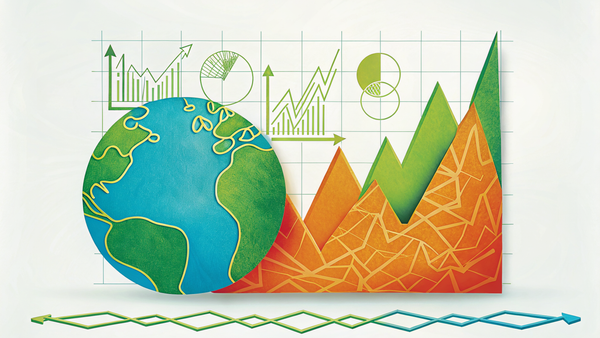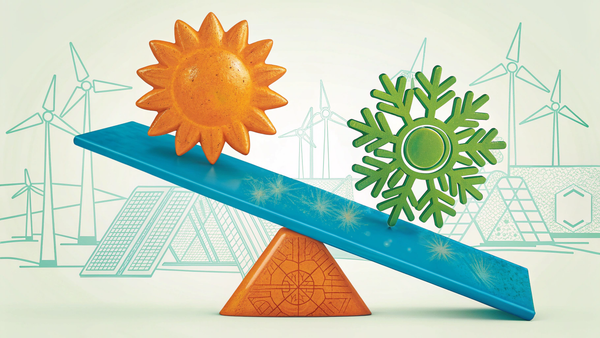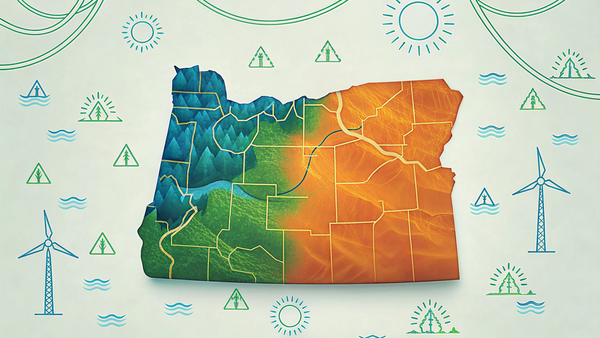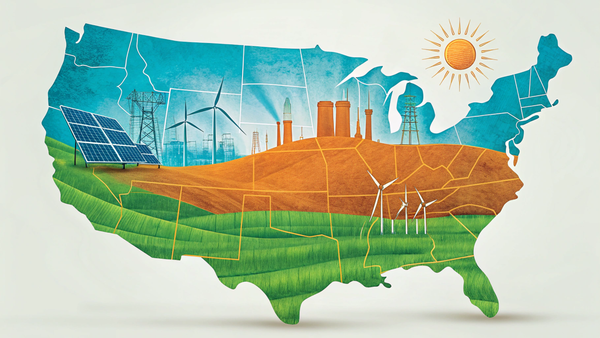Electric Sector Coupling
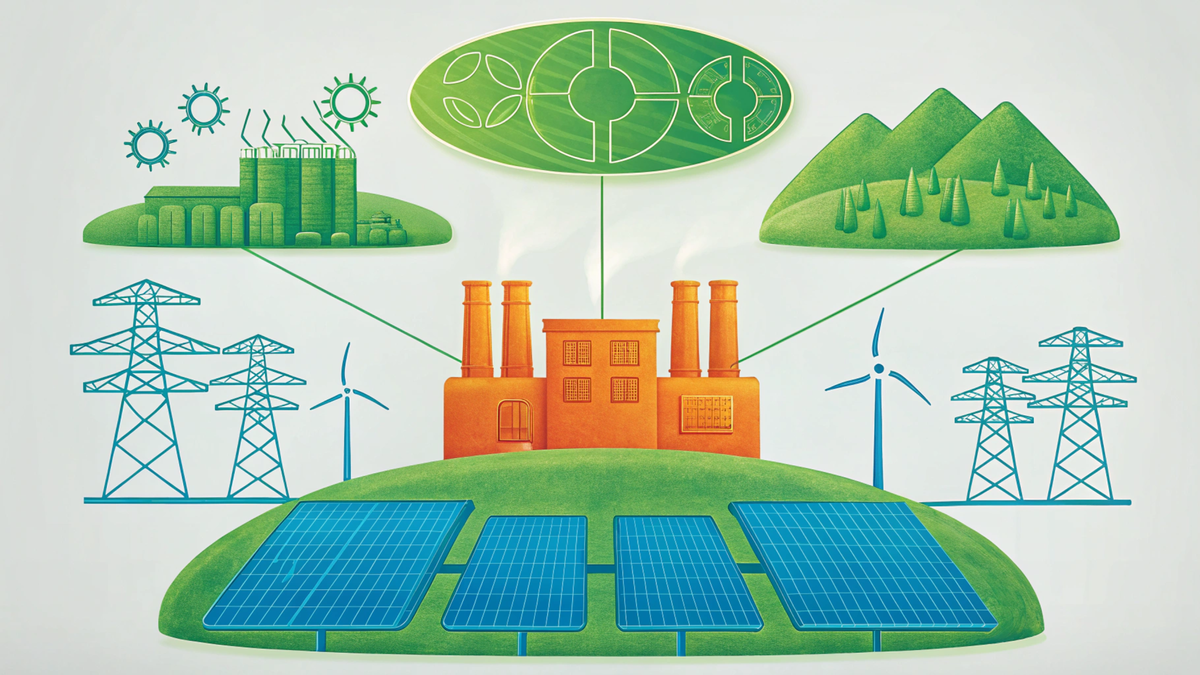
I spoke recently at the International Conference on Energy Systems Integration held at the National Renewable Energy Laboratory in Golden, Colorado. The subject of the talk was the imperative to pursue electric sector coupling opportunities (direct electrification and electric fuels production) as a strategy to mitigate greenhouse gas emissions. This imperative exists both because of the direct emissions benefits of switching away from fossil fuel consumption, but also because of the value these loads can provide to the grid by operating flexibly.
A Flexible Load was defined as load that responded to supply-side signals, not just to demand-side requirements (ex. An EV owner arrives home. They'd like to have their battery full, but they're willing to delay that "fill-up" if they are compensated with lower prices at a later hour). Direct electrification loads offer a lot of potential for behavior like this because they have existing thermal storage capacity (i.e. water heaters) or chemical storage (batteries). Electric fuel production (electrolysis; power-to-gas; power-to-liquids) is a different type of load that could operate flexibly due to their high operating/capital cost ratio.
I performed a SWOT analysis of these types of loads to understand the competitive landscape for balancing services that they might eventually operate in. I also identified potential regulatory and market barriers that could inhibit their deployment. The slide deck can be found here.


